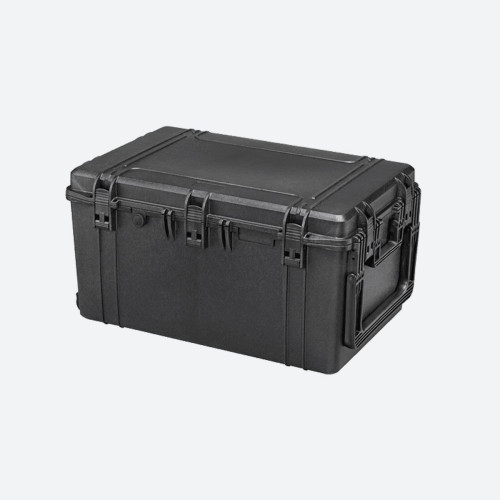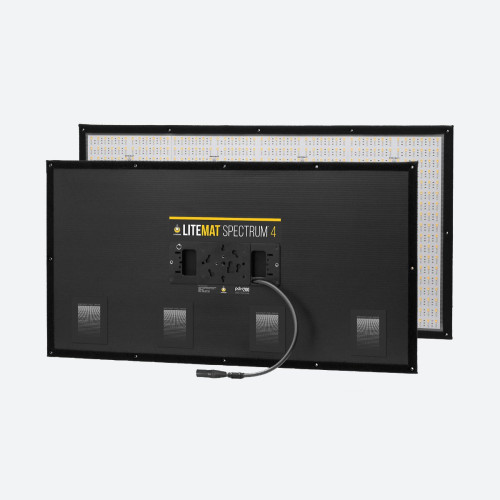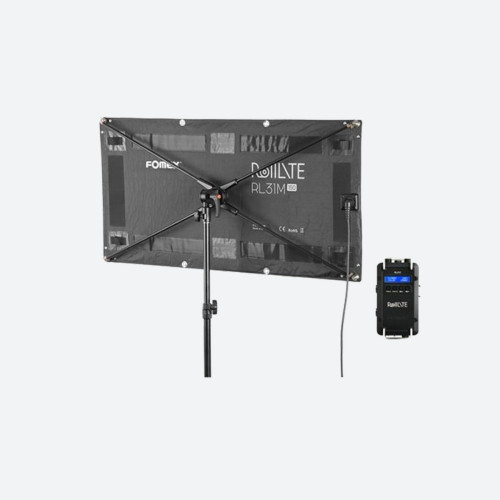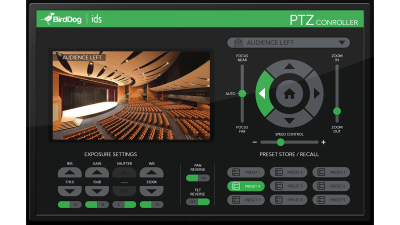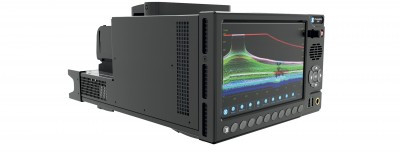Building an HD MCR for The Associated Press

Author: Bob Pank#
Published 1st December 2011
The Associated Press delivers fast, unbiased news from every corner of the world to all media platforms and formats. Founded in 1846, it has grown into a large and trusted source of independent news and information. AP’s activity in the broadcast market centres on the supply of live and edited video to over 500 broadcasting operations and 200 news websites around the globe. This service covers breaking news, sport, entertainment and topical lifestyle content. AP has video-equipped news bureaux in over 80 countries. On any given day, more than half the world's population sees its news in print, online or on-air.
Given that almost every television receiver sold today is capable of displaying full 1920 by 1080 pixel images, broadcasters around the globe are accelerating their investment in high-definition (HD) channels. "I would contend that we have more cameras around the world than anybody else operating on a daily basis,\" comments Nigel Baker, AP vice president of business operations, EMEA and Asia, who runs the operation and having previously worked for ITN and Sky. "With major stories there's a high chance that the key video on all the major channels will have come from AP." AP has, on average, 200 cameras deployed around the world in any given day, more than any other broadcaster. "Sixty per cent of what we cover is pre-planned and the rest is breaking news”, adds AP Head of Newsgathering Derl McCrudden.
Project commencement
As announced at IBC2011 in September, AP is phasing it’s HD rollout starting with entertainment on 11 November 2011 followed by sports in January 2012. All news content will be in HD well in time for the London Olympics.
To meet the increasing demand for high-definition content, AP has embarked on a multi-million dollar upgrade of its global newsgathering infrastructure. This project is AP’s largest single investment programme since its acquisition of Worldwide Television News in 1998. When completed, it will enable the organisation to operate in HD from the point of capture right up to the delivery of a live feed or stored file to the customer.
The planned migration to high definition commenced with a study of customers’ requirements followed by a comparative analysis of video acquisition systems. The need to withstand hostile working conditions such as desert sand was a significant factor in the choice of a solid state video capture medium, Panasonic P2, in preference to an electro-mechanical system. Content recorded in the field will be archived locally on widely available media such as Blu-ray. Preliminary editing is traditionally performed on location by staff, who are close to the original story. Additional technology will enable live news events to be delivered via cellular phone networks.
A key element in the organisation’s worldwide transition to high-definition operation was the construction of a new high-definition master control room (MCR) at AP’s London premises. The MCR is the international hub of AP’s global video operation, serving client broadcasters on a round-the-clock basis every day of the year.
Following an open-tender process, ATG Broadcast was chosen as systems integrator in December 2010 on the basis of its successful track record in designing and installing comparable systems for major broadcasters in many countries. The first formalised project meetings were held in January. The premises occupied by Associated Press is The Interchange, a 19th century warehouse which once stored the products of Gilbeys distillation business in transit from railway to canal; an earlier transport interface. After appropriate approvals had been obtained for this Grade 2 listed building, work commenced on the structural conversion of a former floor studio into the new MCR.
The MCR provides enhanced video monitoring and ergonomic workstations for the operational team. ATG Broadcast’s task was to design, construct, test and bring into full commission a complete multi-seat MCR and transmission facility that can accommodate five operators plus a supervisor. Work on the system began in May 2011 when prefabrication commenced at ATG’s premises.
An important requirement was the need to control existing SD services alongside the new expanding HD activity as well as dealing with any necessary conversions between the two.
MCR layout
Four of the five operational positions are located in a single operational desk in front of a 10.5 metres wide by 3 metres high ‘monitor-scape’ panoramic Media Wall running almost the entire width of the MCR. The desk and Media Wall are both from Custom Consoles. A second desk occupying the centre of the room forms the shift supervisor’s position plus the fifth position which is intended to accommodate an extra operator when required to handle a major news event.
A central element of the new installation was a Snell 3G-SDI routing matrix which performs a wide range of source and destination assignment tasks under BNCS control. Miranda multiviewers were also installed and configured to drive the Media Wall, allowing each of the 47 inch displays to be operated as a multi-monitor grid with independent channel selection for each subsidiary display.
The system is closely linked to AP’S automation and asset management system for recording incoming content to the video server. It also links to the AP ENPS news production system which is used by editorial staff in the second-floor newsroom (Photo 5). A parallel project is underway to commission a new HD production and asset management system.
Each of the six MCR positions are identically equipped to coordinate and capture incoming content and check signal quality prior to recording. Control of AP’s satellite network is available at these workstations. Transmission is coordinated from the rightmost of the four front desks including direct output to live AP Television News and ad hoc feeds.
A lot of design effort went into the working environment especially the ‘monitor-scape’ which is arranged so that the MCR team can view a selection of continuous incoming feeds for technical or content reasons. David Hoad adds; “To ensure efficient transition to the new HD MCR from the existing SD control room, we made sure that all SD systems as well as the new systems could be controlled from the new facility. All that was then necessary was to transfer the operating staff.”
Completion
The MCR was completed on schedule and went live at the start of October. The project will serve as a model for AP’s news hubs in Washington and New York. AP’s overall project timescale is an ambitious one which is scheduled to see the organisation’s first digital HD Entertainment news service operational by 11 November 2011. A full HD service should be in place next summer ahead of the 2012 Olympics.



